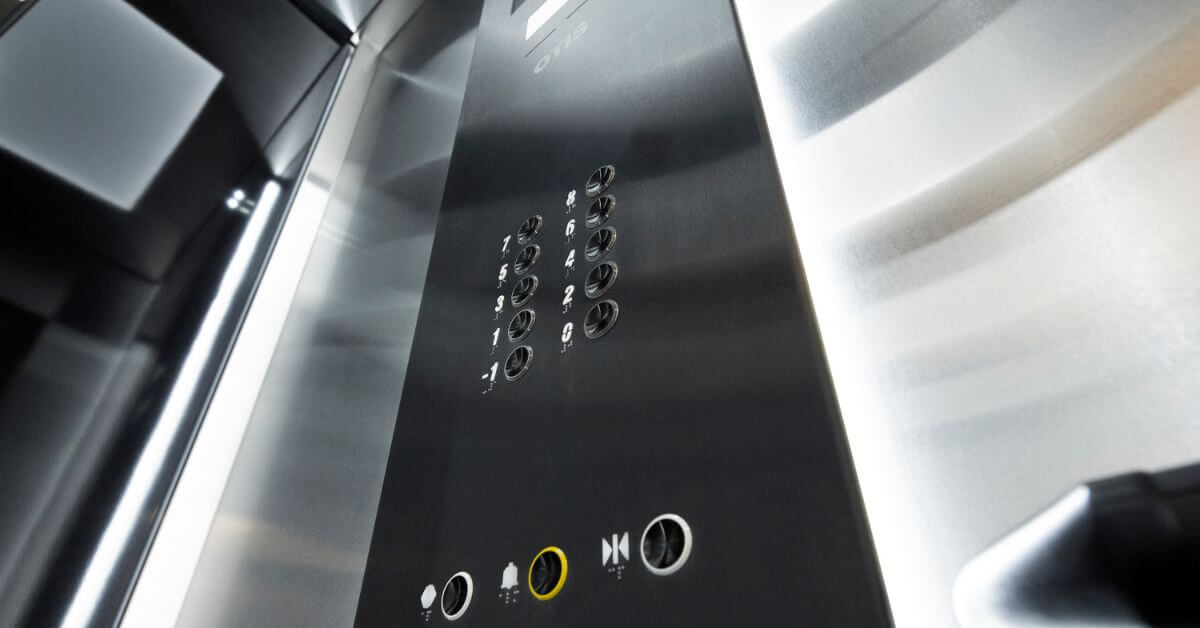Looking Into the World of Lifts: Typical Problems Faced by Numerous Lift Devices
As we browse via the vertical transport systems of contemporary buildings, lifts stick out as an important element of our day-to-days live. However, behind their seamless operation lies a world of complex mechanisms that can sometimes come across challenges. From hydraulic lifts to traction systems and machine-room-less styles, each lift kind includes its collection of usual problems. Recognizing these obstacles is essential for making certain the smooth functioning of these vital systems. Let's check out the intricacies that underlie the operation of lifts and the prospective problems that can develop, losing light on the detailed internet of lift systems.
Hydraulic Lifts
Hydraulic elevators, usually preferred for low-rise structures, utilize fluid stress to manage the motion of the elevator auto (lift repair companies). This system entails a hydraulic pump pressing oil right into a cylinder, creating the elevator to relocate the preferred instructions. While hydraulic lifts are understood for their smooth and peaceful operation, they do feature their very own set of typical concerns
One prevalent problem with hydraulic elevators is oil leakage. In addition, issues with the control system, such as malfunctioning shutoffs or a malfunctioning pump, can create disturbances in the lift's motion.
Normal maintenance and timely repair services are essential to make certain the smooth performance of hydraulic elevators. By resolving these typical problems proactively, building proprietors can minimize downtime and ensure the security and effectiveness of their vertical transportation system.
Grip Lifts
When thinking about vertical transportation systems in buildings, another typical type other than hydraulic elevators is the traction elevator. Grip elevators run using a system of ropes and counterweights that move the lift automobile by grasping onto the hoist ropes. This mechanism enables for smoother and much faster vertical transport compared to hydraulic systems.
Among the typical issues encountered by grip lifts is rope wear. The continuous motion of the ropes within the traction system can cause tear and wear with time, possibly creating the lift to malfunction or come to be unsafe for usage. Regular examinations and upkeep of the ropes are vital to make sure the elevator's appropriate functioning and safety and security.
Another concern that grip elevators may run into is associated with the control system. Troubles with the control system can bring about issues such as unpredictable movement, delays in reaction times, or even total closures. Normal testing and upkeep of the control system are vital to avoid such concerns and make sure the elevator's reliability.
Machine-Room-Less (MRL) Lifts

Among the crucial components of MRL lifts is the small gearless traction device that is installed within the hoistway. This maker effectively drives the lift vehicle without the demand for cumbersome devices found in traditional grip elevators. In addition, MRL elevators typically make use of a weight system to stabilize the vehicle, additional improving their energy performance.
Regardless of their benefits, MRL lifts may deal with obstacles connected to upkeep and repair work due to the constrained area for tools installment. Access for servicing parts within the shaft can be limited, requiring specialized training for service technicians. Appropriate upkeep timetables and regular inspections are important to make sure the ongoing smooth procedure of MRL elevators.
Overloading and Weight Restriction Issues
Overloading and weight limitation problems are essential worries in elevator procedures. Lift suppliers style raises with specific weight abilities to make sure guest safety and security and equipment durability.
When lifts are strained, it puts excessive pressure on the motor, cords, and other components, potentially creating break downs or breakdowns. If they detect excess weight, safety and security mechanisms such as sensing units and overload sensors are in place to prevent lifts from moving. In addition, going beyond weight limits can lead to boosted energy consumption and deterioration on the elevator system.
To mitigate straining problems, building managers need to plainly present weight limits disabled platform lifts prices uk in lifts and enlighten residents on the value of adhering to these limitations - lift repair companies. Normal upkeep checks by qualified specialists can likewise help make certain that lifts are operating within risk-free weight criteria. By dealing with overloading and weight limit problems proactively, structure owners can boost lift safety and efficiency
Electric System Failings
Surpassing weight limitations in elevators can not just bring about mechanical concerns however additionally potentially add to electric system failures within the lift framework. Electrical system failures are a vital concern in elevator procedure, as they can trigger unforeseen shutdowns, breakdowns, and even safety and security threats. One common electrical problem is the overheating of parts because of too much current flow created by straining london lift company the elevator beyond its capability. This can result in harm to the control, motor, or electrical wiring systems, leading to pricey repair work and downtime.
Routine upkeep and assessments are vital to recognize and deal with possible electric problems promptly, making sure the safe and efficient procedure of lift systems. By sticking to weight limits and conducting regular electrical system checks, building owners can minimize the danger of electrical failings in lifts.
Conclusion

Hydraulic elevators, frequently favored for low-rise buildings, make use of fluid pressure to manage the motion of the lift automobile.When considering vertical transport systems in structures, an additional usual type aside from hydraulic lifts is the grip lift. Grip elevators operate utilizing a system of ropes and weights that move the elevator auto by clutching onto the hoist ropes. lift companies in London Unlike standard elevators that call for a different equipment space to house the devices, MRL elevators integrate many of the components within the shaft, getting rid of the need for a dedicated equipment room.In conclusion, elevators deal with typical problems such as hydraulic breakdowns, traction system failings, and electrical system issues.